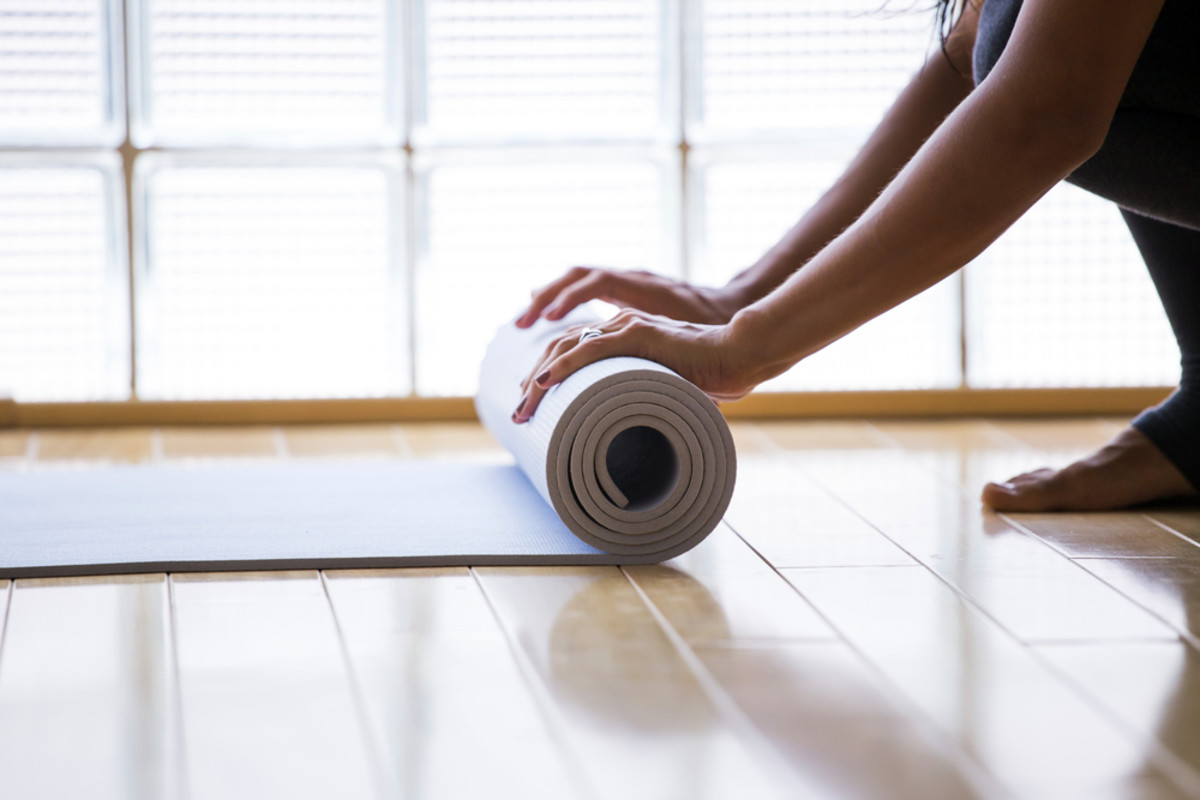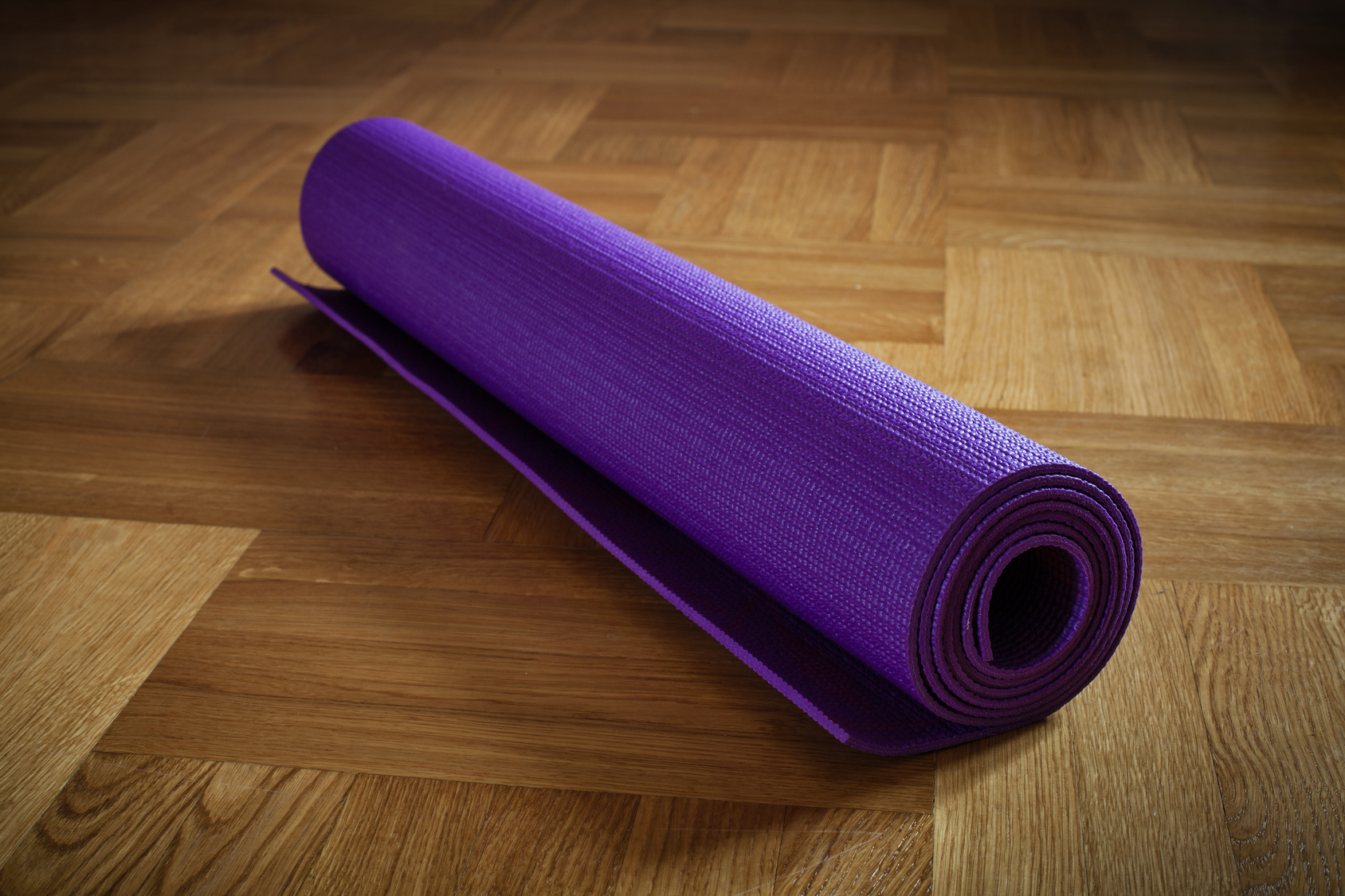Yoga mats provide a soft and supportive surface for your practice. With their padded cushioning and non-slip grip, using them for makeshift beds seems tempting when you’re short on space or need quick extra sleeping areas. But can you really sleep soundly overnight on a yoga mat?
While yoga mats work in a pinch, they aren’t designed for prolonged sleeping. Read on to learn the pros and cons of sleeping on a yoga mat and tips to make it more comfortable.
Benefits of Sleeping on a Yoga Mat
Under certain circumstances, yoga mats can provide decent temporary sleeping surfaces because of a few advantages:
Cushioning – Most mats are made from materials like PVC or natural rubber with cushioning to absorb impact and protect joints. This can cushion pressure points better than hard floors when sleeping.
Portability – Yoga mats easily roll up for transport. Keeping one on hand provides an ultra-portable sleeping surface for overnight guests or camping.

Non-Slip – The textured bottom of yoga mats prevents sliding, which helps keep you stable as you sleep.
Insulation – A mat on a cold floor gives a layer of insulation and protects from losing body heat.
Affordability – Purchasing an extra yoga mat can cost far less than buying a mattress or cot for occasional use.
Drawbacks of Sleeping on a Yoga Mat
However, yoga mats also come with some distinct disadvantages for regular overnight sleeping:
Thin – Most mats are only 1/4 to 1/8 inches thick. This offers very little padding or support for side, front or back sleeping.
Size – Standard mat lengths of 68-72 inches are at least a foot shorter than average adult heights. Your feet will dangle off the mat.
Hardness – Over hours, firm PVC and rubber construction can feel uncomfortably hard on pressure points like hips, shoulders and elbows.

Cold – Yoga mat materials aren’t designed to retain warmth like a mattress or sleeping pad would. You may get chilled.
Odors – Sweat and bacteria soak into the mat’s porous surface during yoga, leading to lingering odors that make sleeping unpleasant.
Cleanliness – It’s difficult to fully sanitize yoga mats of germs and dirt. Proximity to the floor also increases allergen and dust exposure.
Tips for Improving Yoga Mat Sleeping Comfort
If you do need to use a yoga mat for sleeping, try these tips to mitigate some of the drawbacks:
- Layer with blankets or sleeping bags for warmth and cushioning.
- Place a memory foam topper or thick camping pad over the mat for more softness.
- Use two stacked yoga mats to double the thickness and support.
- Opt for extra long mats of at least 80 inches if available.
- Air out mats outside regularly to reduce odors.
- Disinfect mats with tea tree oil to kill bacteria.
- Slip a pillowcase over the head of the mat to stay cleaner.
- Set up near heat for warmth on cold floors.

When Sleeping on a Mat Is Not Recommended ?
While yoga mats can work briefly, avoid regular overnight sleeping on a mat if:
You have chronic pain, arthritis, osteoporosis, or other conditions aggravated by hardness and pressure.
- You are obese or overweight, since your heavier weight will compress a thin mat.
- You are pregnant and need adequate support and comfort.
- You have allergies or breathing issues aggravated by dust.
- There are bugs, ants, or rodents that could crawl onto an on-floor mat.
Consult your doctor if you have health conditions before attempting to sleep on a yoga mat long term. Make sure your needs for proper rest and spinal support are met.
Choose the Right Sleeping Surface
In summary, yoga mats allow for occasional overnight sleeping in a pinch but aren’t ideal for regular or prolonged use. Invest in mattresses, cots, padded bedrolls or other suitable surfaces designed specifically for sleeping if within your budget. Prioritize getting proper restful sleep that allows you to wake up refreshed and ready for a vigorous yoga practice!


